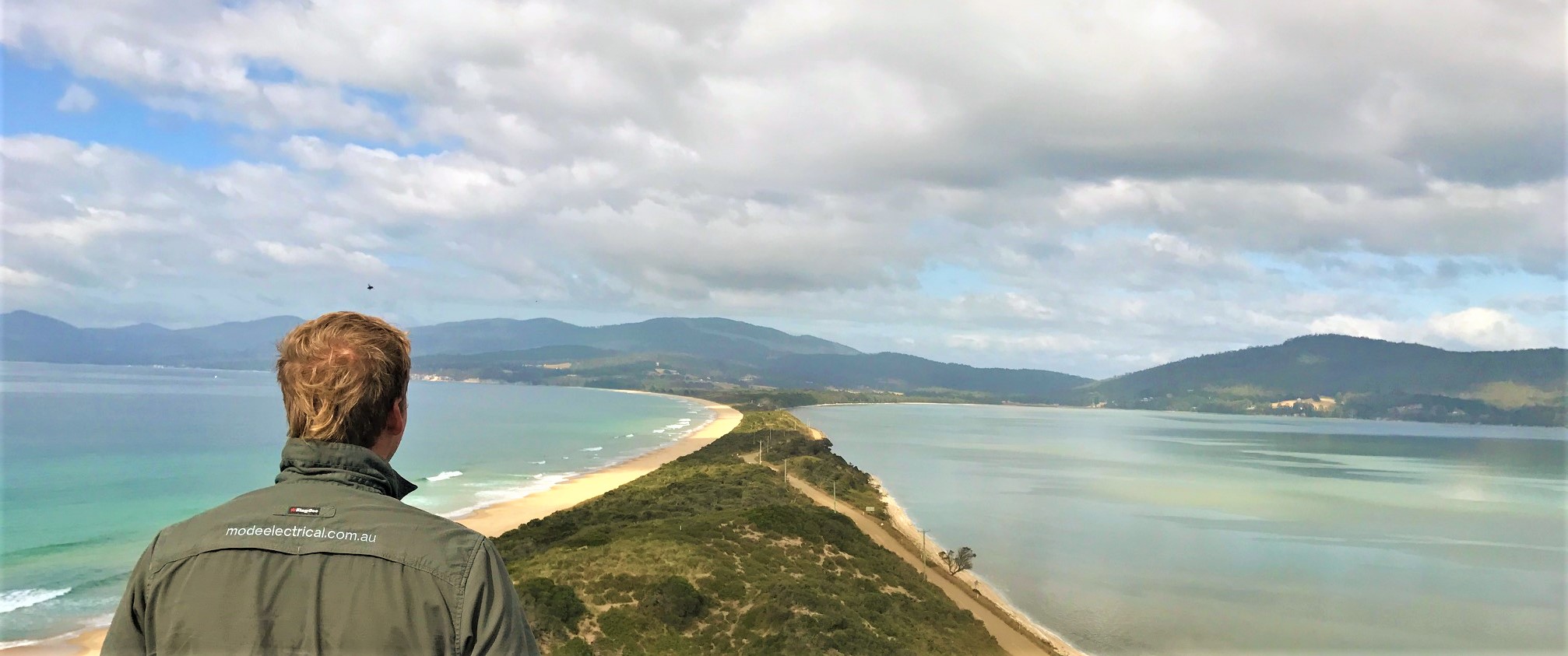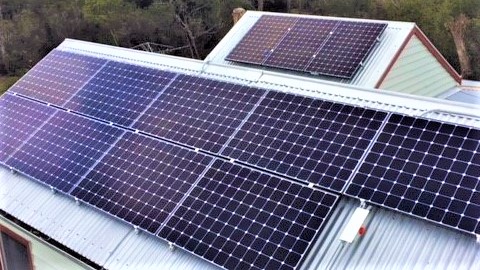CONSORT Battery Trial Update
22 Mar, 2018
For the past two years Mode has been involved in the CONSORT Battery Trial, a ground-breaking multi-million-dollar trial based on Bruny Island.
Bruny Island has a stable population of around 600, with a considerable fluctuation in numbers due to transitory visitors. In terms of electrical supply, the island is connected to the Tasmanian grid by two undersea cables. One of the cables is responsible for most of the supply and can deliver around 1000kWA before it becomes overloaded.
As the peak load on Bruny Island can reach 1000kVA or more during public holidays, supplementary power has historically been provided by diesel generation.
The CONSORT Trial, implemented in 2016, was designed to test the feasibility of employing approved customer energy systems to supplement grid supply on demand.
Such an option was made possible through the use of Reposit Control, cutting edge software that provides an interface to allow intelligent management and communication between individual battery systems and local grid networks.
If successful, such a model would allow electricity network providers like TasNetworks to utilise approved privately-owned surplus battery storage to reduce stress on local networks during peak demand periods, to the benefit of both the Network and individual owners of home battery storage systems.
During the installation phase, Mode completed both the first and final installations – along with a number in between. Various companies installed a total of around 30 systems for the trial.
The installation phase was wrapped up late last year, and focus is now moving to the research phase.
The University of Tasmania and the University of Sydney, under leadership of the Australian National University and in conjunction with TasNetworks and Reposit Power, will be working with owners of the new installations on Bruny Island to develop an automated control platform and new payment structures to develop a feasible working model for wider application in future.
The first results are promising.
During the last Christmas/New Year period, Island peak load was 800 – 1000kVA. TasNetworks sent 108 individual network support requests over 12 days to supplement the grid from local supply.
A total of 4.2MWh of energy (about 6 months of usage on an average house) was requested. The grid received around 3MWh (about 4 months of usage on an average house), enabling TasNetworks to reduce island load by an average of 19.2kVa during peak times.
The difference between demand and supply was solely due to teething issues.
The amount supplied by these newly installed renewable systems was sufficient to eliminate any need for diesel-generator backup.
This exciting Trial may well foreshadow a future paradigm shift, where home owners are more directly involved with power management of the gird.
We will follow the results of this trial with interest.

















